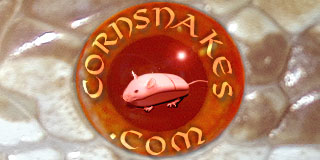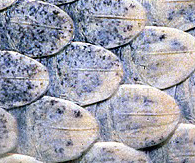This is my first time in these new forums. They are preety cool. I think I will have to come here more often now.
Here is a pic of my Reverse Okeetee. Its a nice close up of a few of her saddles. I like the two left saddles because they kinda connect and the red has infiltrated the normally orange dorsal spot.

Here is a pic of her boyfriend. He is really special to me.

Hope you like.
Rob G.
Here is a pic of my Reverse Okeetee. Its a nice close up of a few of her saddles. I like the two left saddles because they kinda connect and the red has infiltrated the normally orange dorsal spot.

Here is a pic of her boyfriend. He is really special to me.

Hope you like.
Rob G.


